Onions are a commonplace ingredient in everyday cooking. Learn about the six most common types of onions, when to use them and how to store them.
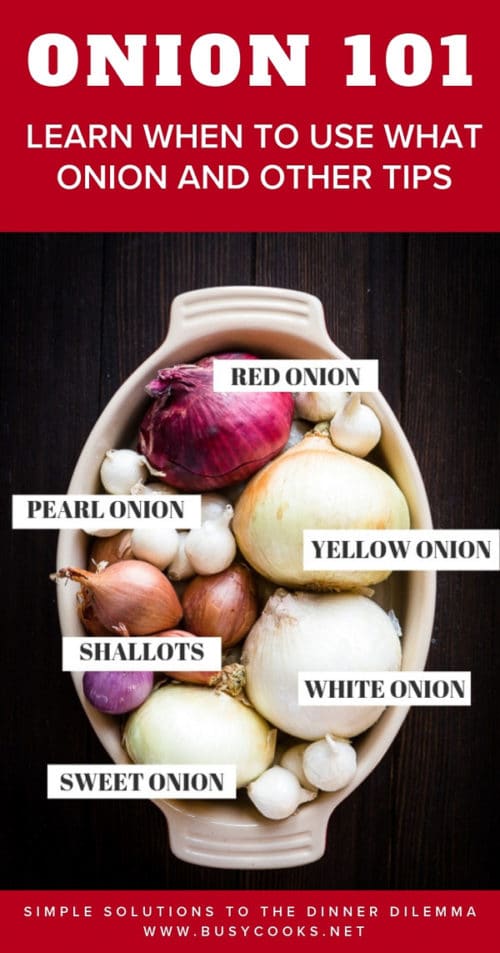
Regardless of whether you consider yourself an onion fan or not, you’ve likely eaten a recipe that contained onions in some capacity. It is an indispensable ingredient in virtually every culture, adding flavor and texture to a variety of dishes.
Are Onions Good for You?
Because of its prevalence in cooking, onions are actually one of the most significant sources of cancer fighting antioxidants in our day-to-day diet. Onions have also been linked to reducing the risk of cardiovascular disease, stoke and Parkinson’s disease. In addition, onions contain lots of soluble fiber that aid in weight control.
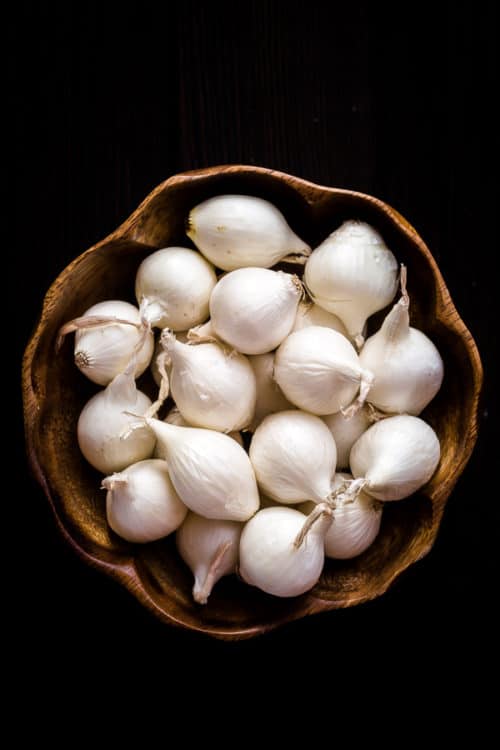
Types of Onions
Onions come in every shape, size and color. Let’s examine a few of the most common varieties.
- White Onions– white onions are medium in size with white skin. They have a mild flavor and can be served cooked or raw. Include white onions in your homemade salsa recipe or as a garnishment on top of a hamburger.
- Red Onions– red onions have a deep purple outer skin, but slice one open and you’ll see the layers of white interlaced with the deep red color. Red onions are often served raw on salads or sandwiches but are also delicious pickled or cooked down until soft and caramelized.
- Yellow Onions– the most common type of onion. It is medium in size, with light brown skin. Yellow onions are very versatile with a mild flavor, making them idea for just about any recipe.
- Sweet Onions– Walla Walla and Vidalia onions are the most common sweet onion varieties. Sweet onions are larger in size than a standard white, yellow or red onion. They contain extra sugar, giving them their sweet flavor. Cook these down until rich and caramelized or coat them in eggs and breadcrumbs and fry them up into tasty onion rings.
- Shallots– these small, oblong onions are light purple with light brown skin. They have an intense flavor and can be minced and served raw in a salad or sautéed in your favorite recipe.
- Pearl Onions– very small white onions, usually only slightly larger than a marble. They have a mild, sweet flavor and are wonderful when used raw as a garnish for a Bloody Mary, cooked down low and slow in your favorite beef stew, roasted in the oven or pickled and served on your next wine and cheese tray.
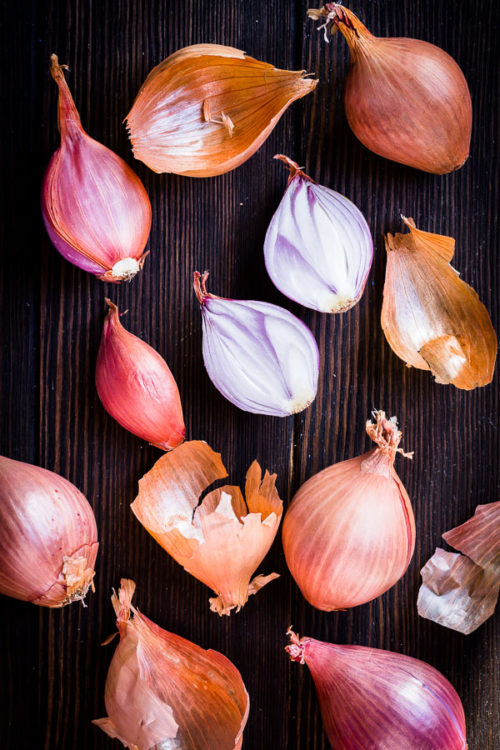
What are Green Onions?
Green onions, or scallions, are young onions that haven’t matured yet. They are harvested for their green tops before the bulbs have had a chance to form. Green onions have a very mild flavor and are perfect when you want a slight onion flavor or a pop of green in your dish.
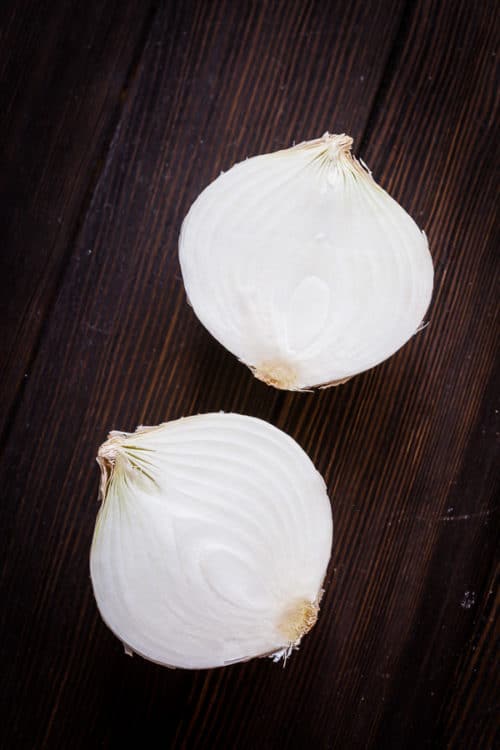
Why Do Onions Make You Cry?
We’ve all been there – you’re standing at a cutting board chopping an onion and suddenly your eyes begin burning and watering. Onions produce a chemical called syn-propanethial-S-oxide. It’s released into the air once the onion is cut and irritates the lachrymal glands, which produce tears.
One way to prevent this reaction is to wear eye protection. Specially made onion goggles form a protective seal around your eyes to prevent the chemicals from ever reaching your lachrymal glands. If you don’t feel like springing for a pair of onion goggles, a pair of swim goggles might work just as well.
Another kitchen-tested method is to place the onion in the freezer for thirty minutes prior to slicing. The frigid temperatures slow down the enzyme production and keep your peepers tear free.
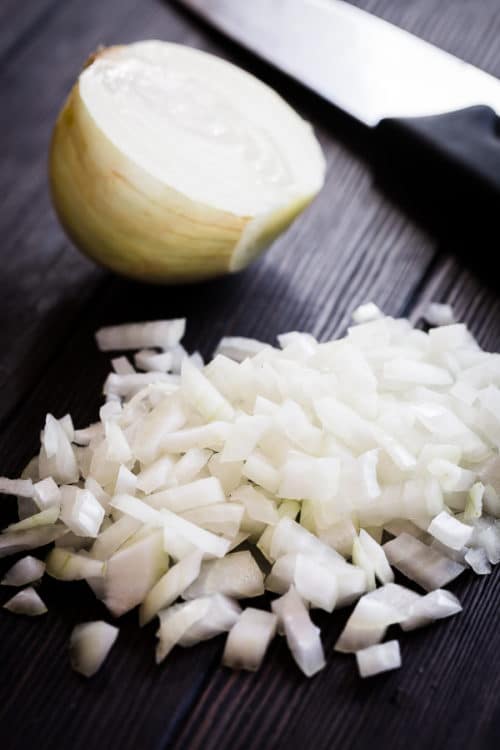
The Best Way to Chop an Onion
There is a right and a wrong way to chop an onion. Learning the proper technique is a skill every home cook should master and will cut down on prep time. Be sure you have a sharp knife and a steady cutting board on hand. By following these tips, you’ll be chopping onions with ease in no time.
- Cut off the top of the onion. Leave the root end intact.
- Cut the onion in half right through the root. Peel off and discard the skin or throw it in a compost bin.
- Lay one half of the onion cut side down with the root away from you. Position your fingers on the root end of the onion to keep it in place, then with your dominant hand, begin making vertical cuts through the onion. You want to cut from the outer layer of the onion all the way through to the cutting board. However, you do not want your cuts to extend all the way through the root end.
- Turn the onion so that the root end is away from the knife. Again, position your fingers on the root end of the onion to keep it in place. Start making parallel cuts all the way across the onion. Stop when you run out of room to safely hold the root end with your fingers.
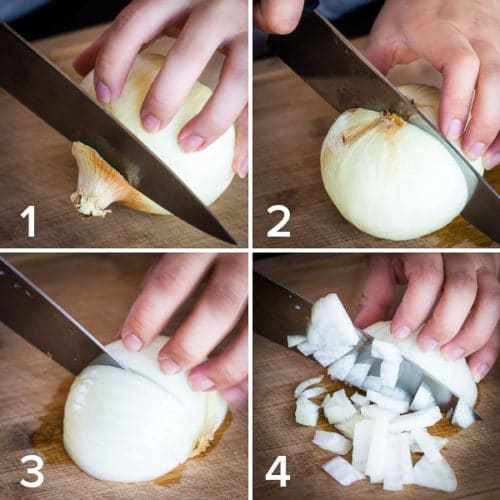
How to Store Onions
Remove whole onions from their plastic produce bag before storing them in a cool, dry, well ventilated place. A basket or mesh bag is ideal. The skin of an onion adds another layer of protection, so leave the skin on until you are ready to use. Whole onions should last up to two weeks. However, if the onion has begun to sprout, is soft or is showing signs of mold, throw it away.
Once an onion has been peeled or diced, any leftovers must be stored in the refrigerator. Place the onion in a zippered plastic bag or container with a lid to prevent the flavor or the smell from permeating your fridge and other foods around it. Cut onions will only for 7–10 days.
Cooked onions can be stored in the fridge in an airtight container or resealable bag for three to five days. Be sure to refrigerate them within two hours to prevent the formation of harmful bacteria.
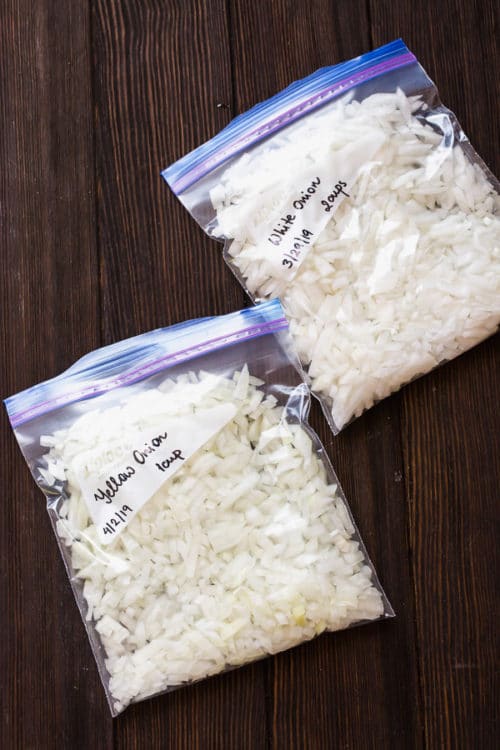
Can Onions be Frozen?
Raw onions can be frozen for up to three months. Chop the onion first, then place it in a resealable plastic bag or airtight container. Lay the bag flat in the freezer until the onions are frozen solid, then you can stack the bags or store them upright to save room. Use frozen onions in cooked foods on, as freezing does change the texture and makes them soft. Frozen onions do not have to be thawed before use.
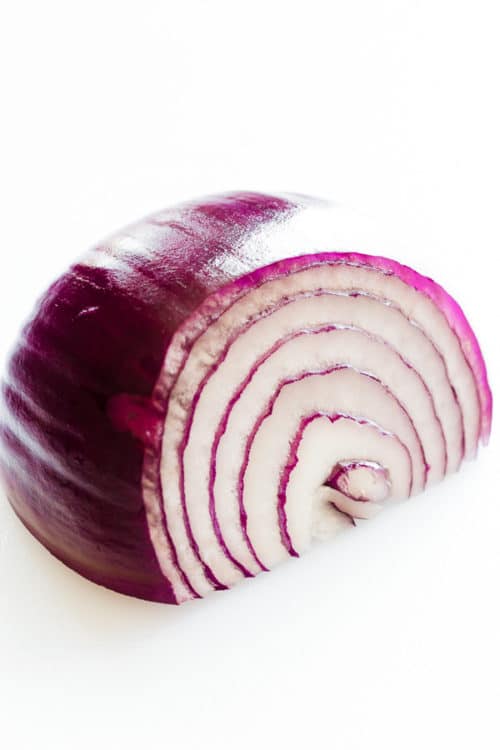
This article was written by Lisa Bynum for Busy Cooks.
Stay connected and join Busy Cooks community:
FACEBOOK | PINTEREST | INSTAGRAM
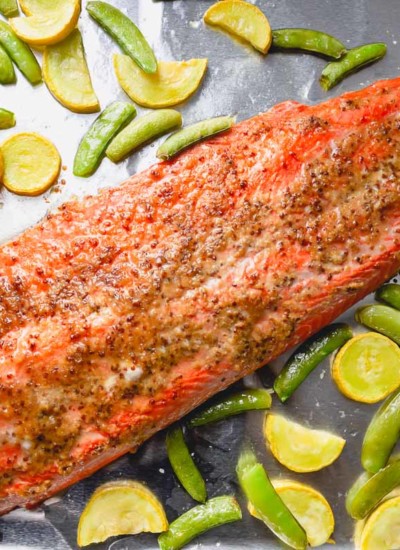
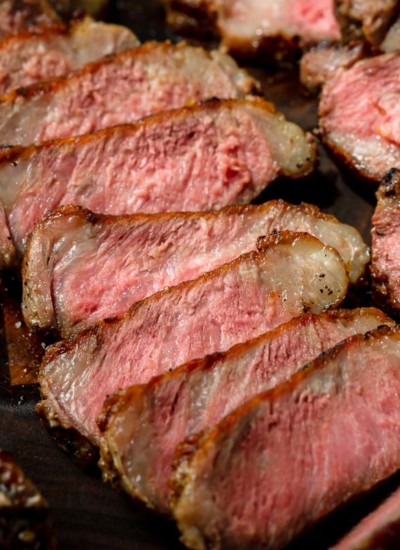
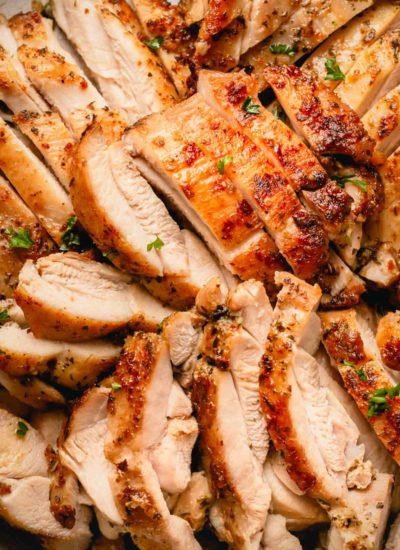
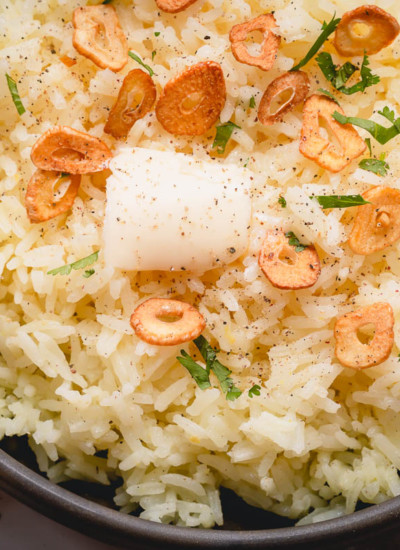

Comments + Reviews